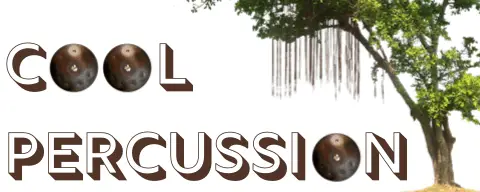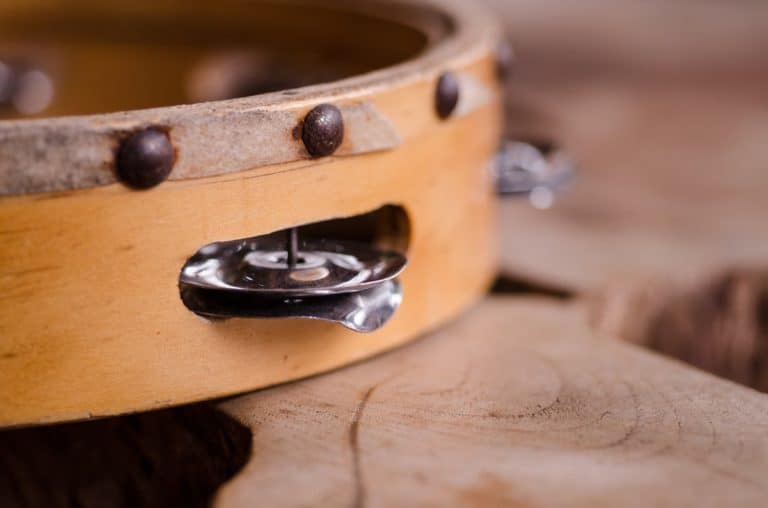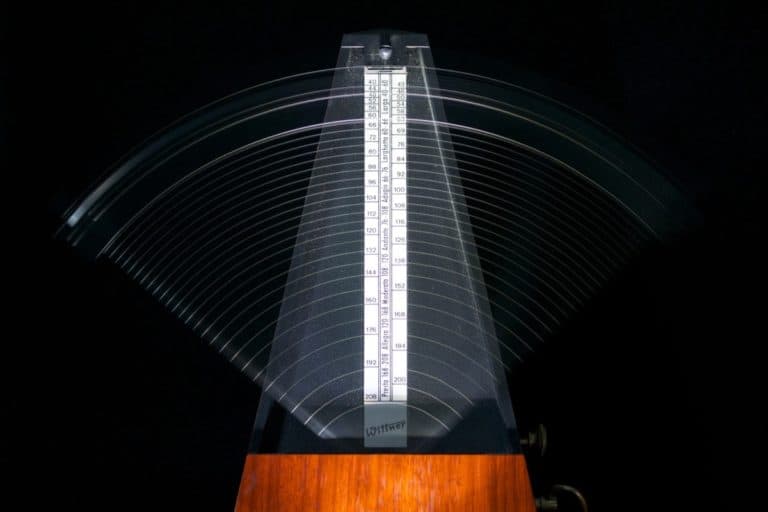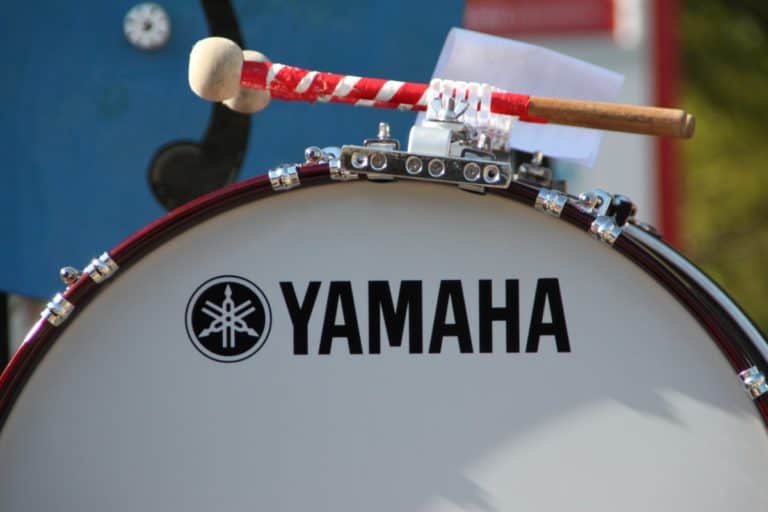Best Percussion Instruments For Kids [That you can play too]
The percussion family is the traditional musical destination when selecting the first instrument for a child. Ease of play and usually sturdy build is important, especially for pre-school-age children. But what are the best percussion instrument for kids
- Tambourines
- Shakers
- Xylophone
- Tongue Drums
- Bongos
Throughout this guide, I will explore the different scenarios and considerations you may have when selecting a percussion instrument for kids. Taking into consideration age, budget, and what they may expect to become interested in at school and beyond.
Why Percussion Instrument Choice is Important for Children
When it comes to introducing children of any age to musical instruments, the starting blocks are always instruments from the percussion family. Children can experiment with both pitched and unpitched percussion instruments, learning, and understand how they produce sound and how to create melodies.
I’m sure many people will agree, even as adults, that learning through play is the most effective and fun process of learning there can be. The additional benefits of children learning music and playing instruments are that it also provides a means for expression and communication through music. Not least the ability to listen and understand.
If you can introduce your child to music from a very early age, even before they begin pre-school, they will be in an advantageous position of being able to express themselves and learn with confidence when it comes to the formal school learning process.
With prior knowledge, they will be more confident in the classroom and should therefore be able to learn quickly without the hindrance of discovering music for the first time or expressing themselves in front of their peers, no matter the age.
Best Percussion Instruments for 1-3 years
The best percussion instrument for a child aged between 1-3 and years of age, is, well. Any object that is not nailed down is going to be played, thus deeming the greatest majority of objects within the baby’s reach unpitched percussion instruments
In all seriousness, drums and a baby xylophone or glockenspiel set, as well as handbells are great options. As long as they are brightly colored and make a noise, this is going to be more than sufficient for baby’s entertainment.
There is a number of baby type instruments that can be provided for a baby to play with. They love nothing more than grabbing something and hitting something else with it. Do not be surprised to find the drum hitting the stick!
Prior to 3 years of age, there is no formal process for introducing music or instruments to a child. Just provide something colorful, fun, and inevitably noisy, and they will discover through experimentation everything that instrument can offer.
Be prepared to find your child innovatively using percussive techniques on parts that are not usually played and with mallets that could be fashioned from anything from a toy tractor to Barbie’s head!
Best Percussion Instruments for Toddlers [3-10 years]
The best percussion instrument for a child aged between 3 and 10 years of age is….
By the time a child is 5 years of age, more formal learning can be introduced musically. They will be prepared now, for learning beating to time, rhythms, and developing skills in creating or memorizing a melody.
If you play an instrument or have any skill in the field of percussion, you can provide some pre-school classes, or you can use third-party tutors in addition to musical schooling. Of course, we do not want to force music only them, but if they have already shown an interest in the musical instrument toys from a young age, it could be a matter of natural progression so long as they remain enthusiastic and interested.
Presumably, the latter is the consideration and why you have discovered this page by searching google right?
Best Percussion Instruments for 10 years up
The best percussion instrument for a child aged 10 and over would be a tongue drum. They are both easy to play and develop a musical style. Providing a scale of 9-10 notes with which chords can be discovered, melodies created and songs written, memorized, and played this instrument is both unique and great for musical development.
The tongue drum is also super cool. It is not well known having only recently been invented as whilst it becomes more popular, your child is going to have the coolest instrument in class!
Let’s not start mentioning Mozart and his formative year’s accomplishments, but you never know, you might just have your own Herbie Hancock picking up just about anything and playing it.
By the age of 10, definite interests will have been established, better skills for learning and playing rhythms and memorizing melodies, and toy instruments will be replaced by junior versions of larger instruments or starter styles of others.
This also the time that formal lessons for specific instruments may start being considered as we are moving into the improving performance and technique boundaries as opposed to learning by play.
Every Percussion Instrument Your Elementary Classroom Needs
- Shakers
- Triangle
- Claves
- Chime Bars
- Tambourine
- Bells
- Tongue Drum
- Bongos
- Xylophone
- Glockenspiel
Percussion plays a huge part in musical development in Elementary school classes and you’ll more often than not find each of the above instruments present in them.
Let’s take a look at each in more detail and see how they benefit children’s development
Percussion Shakers
Do not dismiss the humble percussion shakers which can come in any manner of shape and form. They are not as easy to play as you might imagine, especially at slower tempos.
They can be made from a variety of material and the elements inside the shaker that create the sound they make, work in tandem with the container to produce the sound. Again, this will vary depending on the material used both outside and in.
Triangle
Maybe only the most enthusiastic of percussion musicians will be found getting excited about a triangle. I know when I was at school if I were allocated the responsibility of the triangle I was both disappointed and unreliable at playing it at the same time. – I just wasn’t interested, I wanted to play something that made a loud noise.
So-called because of the construction of steel shaped into a triangle and played with another steel hammer, you may be surprised to find just how many triangle varieties there are available to buy.
Claves
Did you say this one right? Check the pronunciation
Played by holding them in a very specific manner to produce a complimentary beat, they will be available in a range of sounds depending on what they are constructed of.
Claves can again come in a huge range of varieties. The wood used to produce and create claves is very important depending on which style of music is being played and how the percussion section will fit into the production.
Brazilian Rosewood is a favored material, the same type of wood that is so important to the best Xylophone and Marimba instruments.
Chime Bars
These are the metal bars hanging in a row. Pretty much as you might expect from a decorative wind chime you may have hanging in the backyard.
constructed from various metallic material depending on which ones you require, they are usually set in a row rising in pitch left to right as the chime bars grow increasingly smaller.
Tambourine
Everyone loves a tambourine and everyone thinks they can play one.
They are an excellent percussion instrument for kids choice as they produce a range of sounds depending on which part of the instrument is played, and help to develop a sense of rhythm keeping the beat.
Hugely popular in the classroom and at church they work just like shakers, particularly in the classroom in developing a sensitivity to a rhythm.
Tambourines are just a little bit cooler though!
Bells
Bells are a slightly more intricate percussion instrument. not so much in the sounds they make but in the skill of playing them well. Indeed, played well, a bell can sound wonderful, played incorrectly and you know what I mean!
Any child can pick up a bell and make a sound with it, but to incorporate it into a musical composition, timing the strike of the bell with precision, is no easy task
Tongue Drum
I have to say I have a special place in my heart for the tongue drum, It is one of two instruments that introduced my new found obsession with percussion as a whole
If only I had one of these as a child. A tongue drum, being a very recent invention was sadly not part of my school days but I believe every classroom in the country should have a tongue drum available to be played and experimented with for children
The best tongue drums for kids are sturdy and well built from steel. they are virtually impossible to destroy but come out of the box ready to play. And the beauty of seeing anyone, let alone a child discover the joy of being able to play this instrument immediately, creating melodies with no training teaching or practice is a joy to behold
Bongos
Percussion is all about rhythm but percussion can be a little boring for kids given the majority of percussion instruments being unpitched. That is individually tunes to a single pitch and therefore unable to produce a melody from a single piece.
Bongos are of course drums and when in a pair, the heads are tuned to a different pitch enabling the player to build beats and rhythms with two different pitches.
With different sounds from each bongo being able to be produced from differing playing techniques and strike of the drum head, they are a fascinating instrument o learn to play properly
Xylophone
You will very often find a xylophone marketed as a child’s toy in with multicolored bars and mallets [stick they are played with] – Quite often this ‘xylophone’ has metal bars, and should really, by definition be called a glockenspiel. A xylophone has wooden bars, not metal
In any case, xylophones are just about the most popular child’s instrument as a toy, and recognizable in the music classroom at school. having at least a set of xylophones, a glockenspiel and if you are really lucky, a Marimba present in class can really bring out the budding percussion musician in any child.


![Tips for Recording Tambourine [Instruments – Microphones]](https://cdn-0.coolpercussion.com/wp-content/uploads/2021/02/recording-tambourine-768x512.png)


